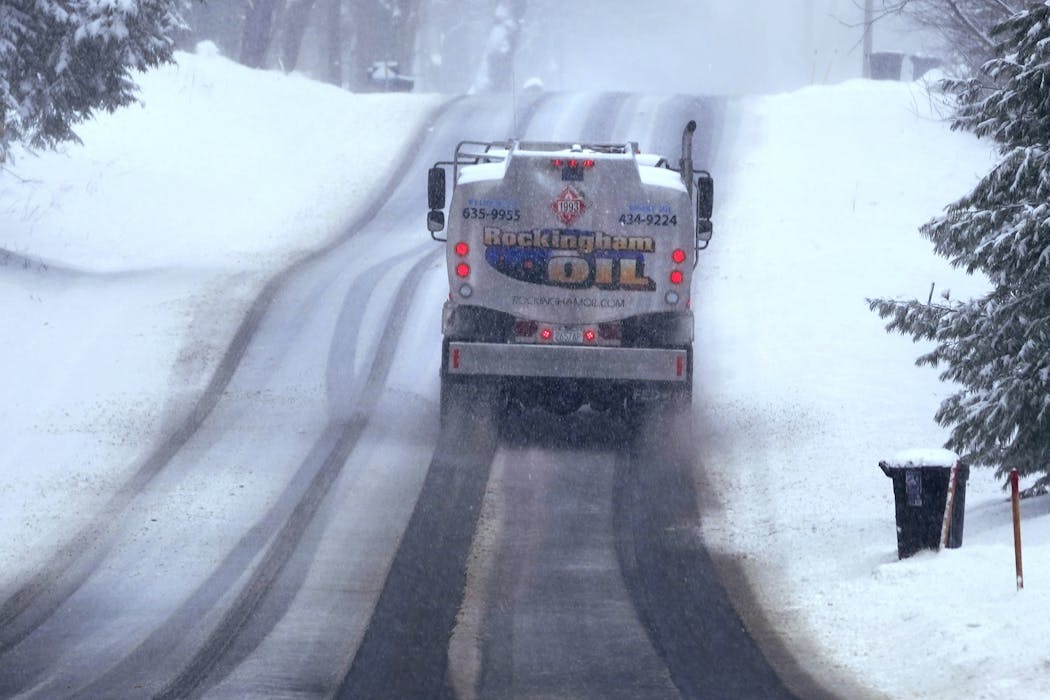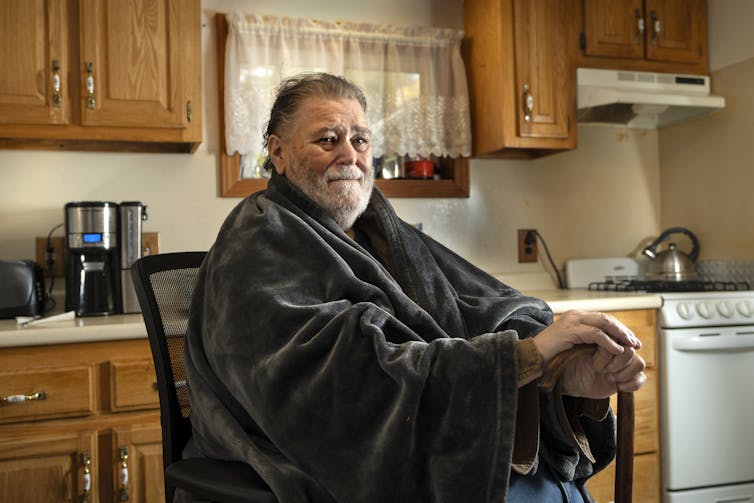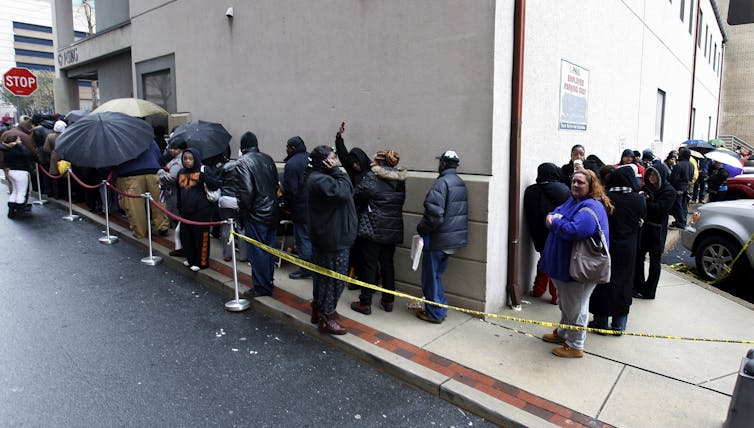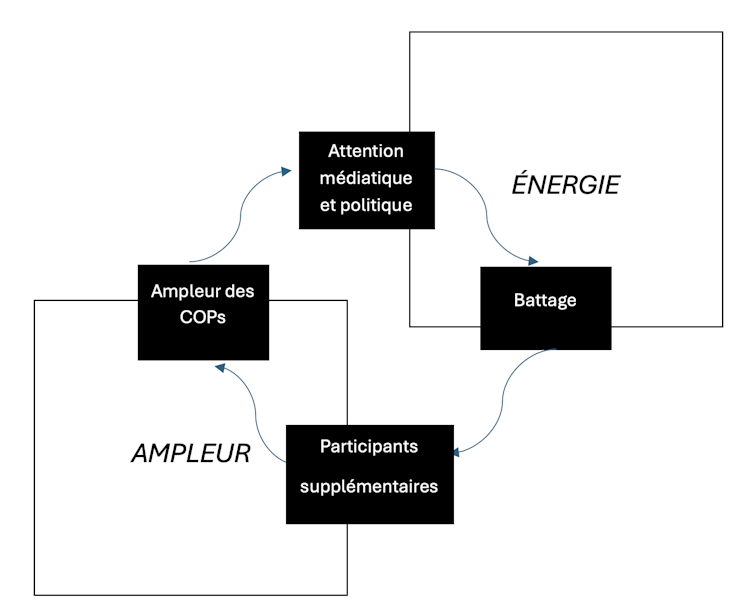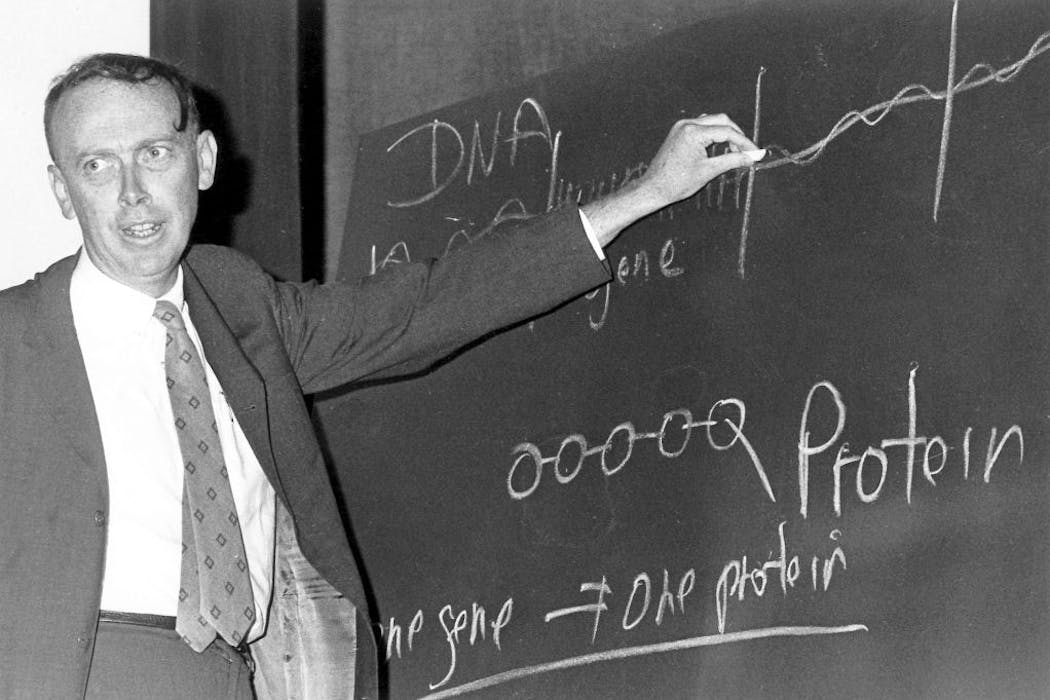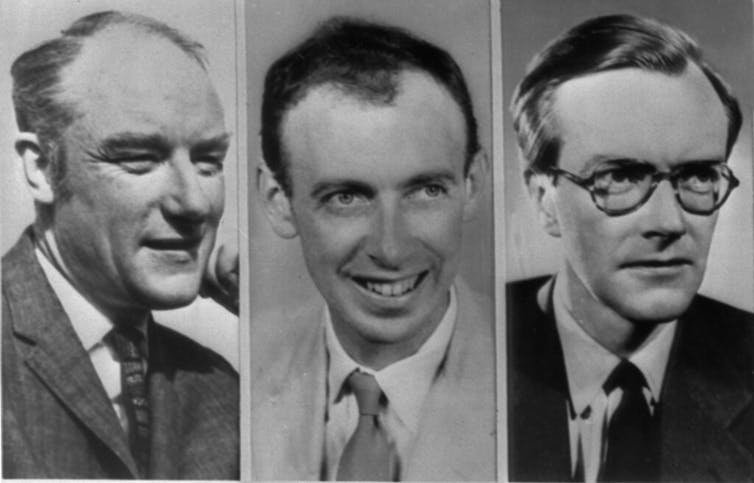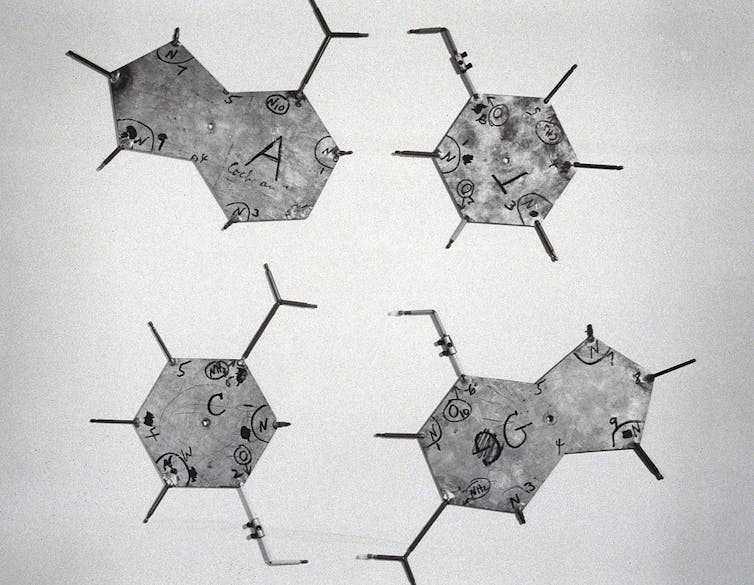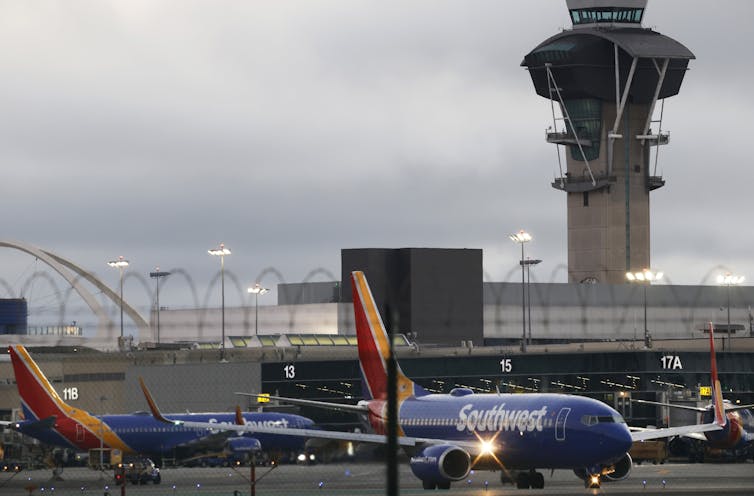Source: Radio New Zealand
Which novel will win the coveted 2025 Booker Prize?
From 150 titles to a longlist of 13, six books have been shortlisted.
Before the winner is announced on 10 November, academics review the finalists.
The Rest of Our Lives by Ben Markovits
Faber/Kat-Green
Middle-aged Tom waits 12 years to keep his promise to leave his unfaithful wife when their youngest child starts college, then embarks on a road trip across an American landscape both vivid and commonplace.
Tom recounts the journey and his memories, his voice fluctuating between disclosure and holding back. The reader is the silent party, compelled to reflect: do you resemble the wife craving emotional impact, the son constructing amicable distance, the daughter thrust into change, the ex-partner successful but unsatisfied, or Tom himself? There is nothing really extraordinary, and yet the story is captivating.
Despite one significant obstacle, Tom never expresses regret for risks not taken. He has unanticipated glimpses of alternative paths, and learns the joys of routine, a steady career and ordinary family life. A film adaptation is inevitable; its challenge will be to capture the gentle, melancholic tension of this thoughtful novel.
Jenni Ramone is an associate professor of postcolonial and global literatures at Nottingham Trent University.
The Land in Winter by Andrew Miller
An atmospheric domestic drama set during 1963’s “Big Freeze”, The Land In Winter follows the lives of two married couples – Eric and Irene, Bill and Rita – in the south-west of England over a few bitter winter months. Due to the intensity of events taking place over a short period of time with just a few characters, the novel feels claustrophobic, almost soap opera-like.
The wives are both pregnant, and they bond, albeit tentatively, over impending motherhood. Despite being The Land In Winter’sprotagonists, Rita and Irene feel like characters who have things done to them, rather than having their own agency.
Their pregnancies compound this, presented as inescapable obligations as opposed to happy, wanted circumstances. In a novel thick with metaphor and symbolism (the women’s friendship begins when Rita gifts Irene freshly laid eggs), it is perhaps unsurprising that a third pregnancy, that of a cow on Bill and Rita’s farm, foreshadows the trauma and tragedy experienced by the novel’s end.
Stevie Marsden is a lecturer in publishing studies at Edinburgh Napier University.
Flashlight by Susan Choi
Jonathan Cape/Laura Bianchi
Susan Choi’s Flashlight opens with a disorienting event. Ten-year-old Louisa and her father Serk walk along a seaside breakwater at dusk, a flashlight in hand. By morning, Louisa is found barely alive. Serk is missing and presumed drowned. Instead of offering immediate answers, the novel follows three intertwined lives – Serk, Louisa, and Anne – across continents and decades.
What begins as a mystery expands into an intimate family drama that takes in broader historical shifts, spanning across the Pacific and from the 1970s onwards. Serk, an ethnic Korean born in Japan, emigrates to the US and navigates a life shaped by statelessness and historical upheaval. Anne, Louisa’s American mother, embodies another thread of rupture and inheritance. Together, their stories form a constellation of absence and unresolved loss.
Choi illuminates the hidden currents of identity, migration and disappearance with remarkable skill. Flashlight is an ambitious, emotionally resonant work that rewards close reading.
Sojin Lim is a reader in Asia Pacific studies at the University of Lancashire.
Book review: Flashlight by Susan Choi
Nine To Noon
Flesh by David Szalay
Hodder & Stoughton/Rob Macdougall
The titles of Szalay’s two Booker-nominated novels, this year’s Flesh and 2016’s All That Man Is, could be interchangeable. Both explore contemporary European masculinity, but where All That Man Is did this through nine short stories, Flesh is a novel about the eventful life of one Hungarian, István, from age 15 to mid-life.
Here is sex, infidelity, murder, war. But the novel is spare rather than voluptuous, trimmed to the bone rather than fleshy. István’s thoughts and tragedies are often absent from the writing. We don’t hear about his time in a young offenders’ institution or anything at all about his father, for example. We learn that he is physically brave and attractive to women. “Flesh” then refers to the way he is seen, as only a body, a member of the new working classes whose lives are defined by precarity.
Kept outside, overhearing only his bare responses – “Okay” – readers become complicit in this failure to consider all that man is. And it is precisely this innovatively spare narration which makes the novel so deeply affecting.
Tory Young is an associate professor of literature at Anglia Ruskin University.
The Loneliness of Sonia and Sunny by Kiran Desai
Hamish Hamilton/ M Sharkey
At 35, Kiran Desai became the youngest female author to be awarded the Booker prize when her second novel, The Inheritance of Loss, won in 2006. The follow-up, The Loneliness of Sonia and Sunny, has been twenty years in the making.
Set between the 1990s and early 2000s, Desai’s elaborately structured novel deftly traverses the US, India, Italy and Mexico as it spins the tale of two Indian-born migrants: aspiring novelist Sonia Shah studying in Vermont and struggling journalist Sunny Bhati in New York. Their thwarted romance is instigated by their respective meddling north Indian grandparents, who reside in mouldering mansions symbolic of their declining fortunes and a decaying colonialism, making this 667-page love story an epic, multi-generational family saga.
It dramatises how nation, class, gender, race and history shape its large cast of characters, each explored in detailed vignettes. Desai shows formidable insight as she ponders the cultural values of the US and India, the nature of loneliness, ruthless liberal individualism, postcolonial disintegration and violence, but also creativity.
Ruvani Ranasinha is a professor of global literature at King’s College London.
Book review: The Loneliness of Sonia and Sunny by Kiran Desai
Nine To Noon
Audition by Katie Kitamura
Fern Press/David Surowiecki
Katie Kitamura’s Auditionconsists of two seemingly contradictory parts. In the first, a stage and screen actress in her late 40s meets a much younger man in a Manhattan restaurant. He has asked for the meeting because he suspects he may be her secret son, given up for adoption as a baby. She reveals that this cannot be: she had an abortion.
In the second part, the young man is the woman’s son and has grown up with her and her husband, although he has, as an adult, argued with them and left home. Now he wants to return with his girlfriend.
These two seemingly contradictory scenarios are balanced, played against one another, and the tension between these “sliding doors” variant realities throws into relief the uncertainties, intermittencies and variabilities of existence. A pared-down novella, directly written and intriguingly characterised, this is a memorably ambiguous meditation on parenthood, performance, relationship and commitment.
Adam Roberts is a professor of 19th-century literature at Royal Holloway.
Book review: Audition by Katie Kitamura
Nine To Noon
– Published by EveningReport.nz and AsiaPacificReport.nz, see: MIL OSI in partnership with Radio New Zealand

